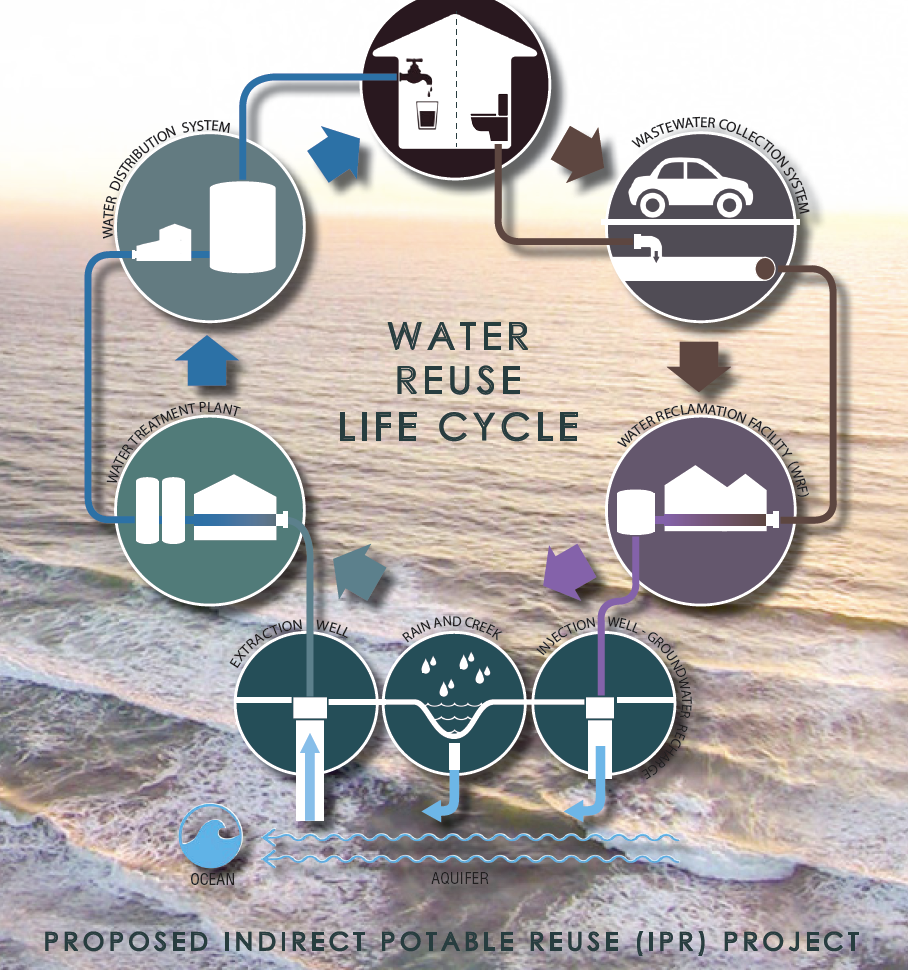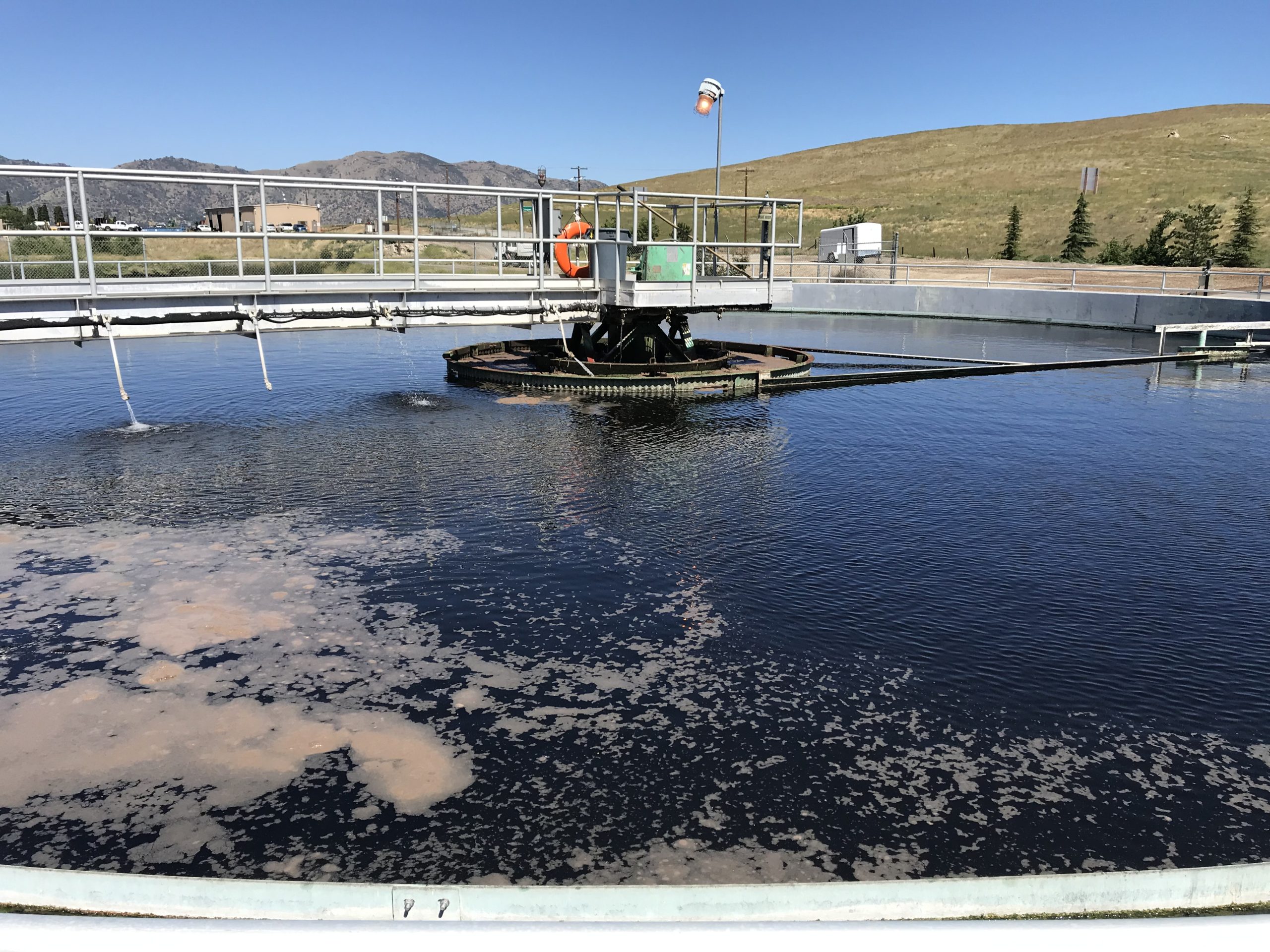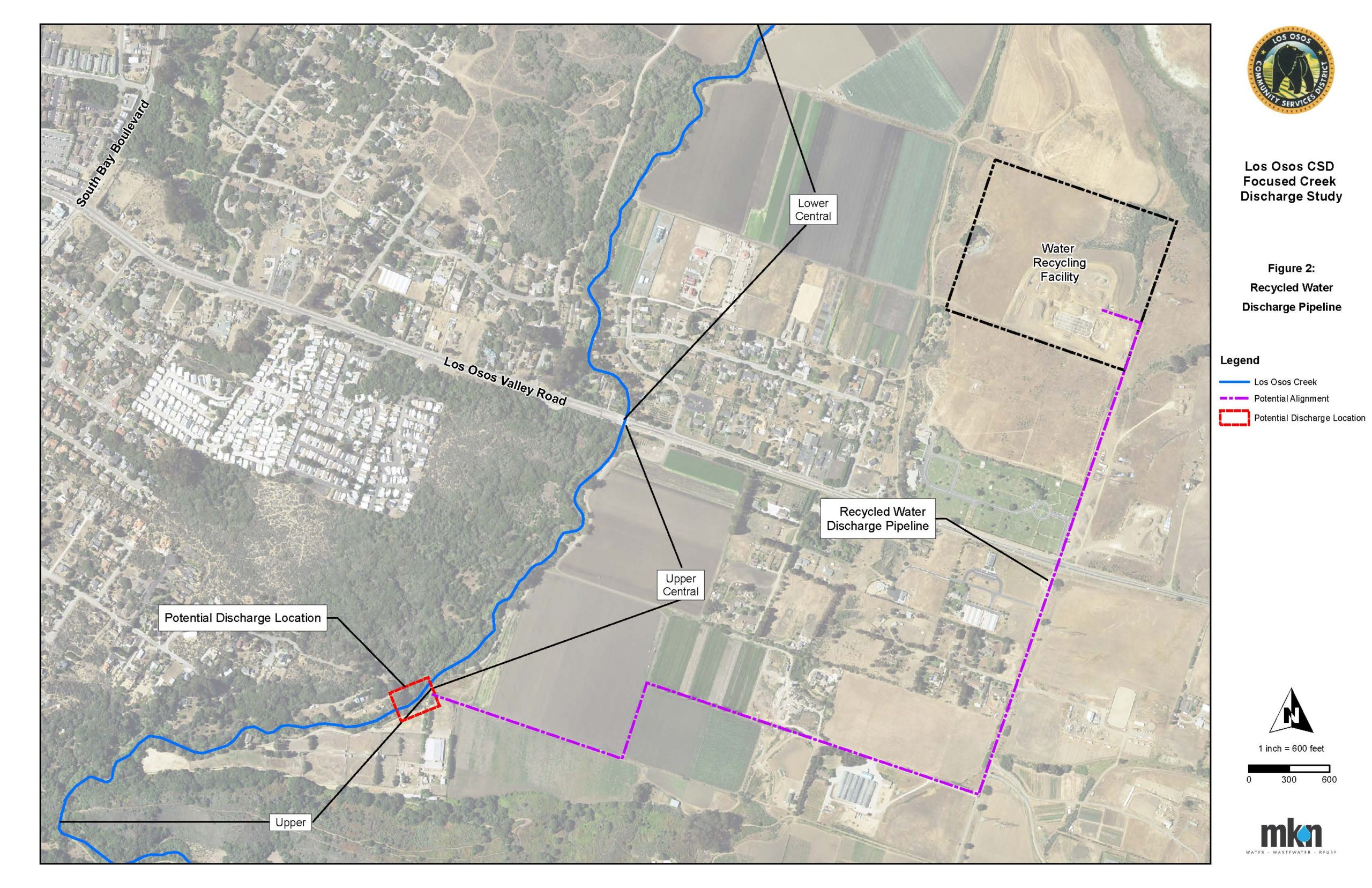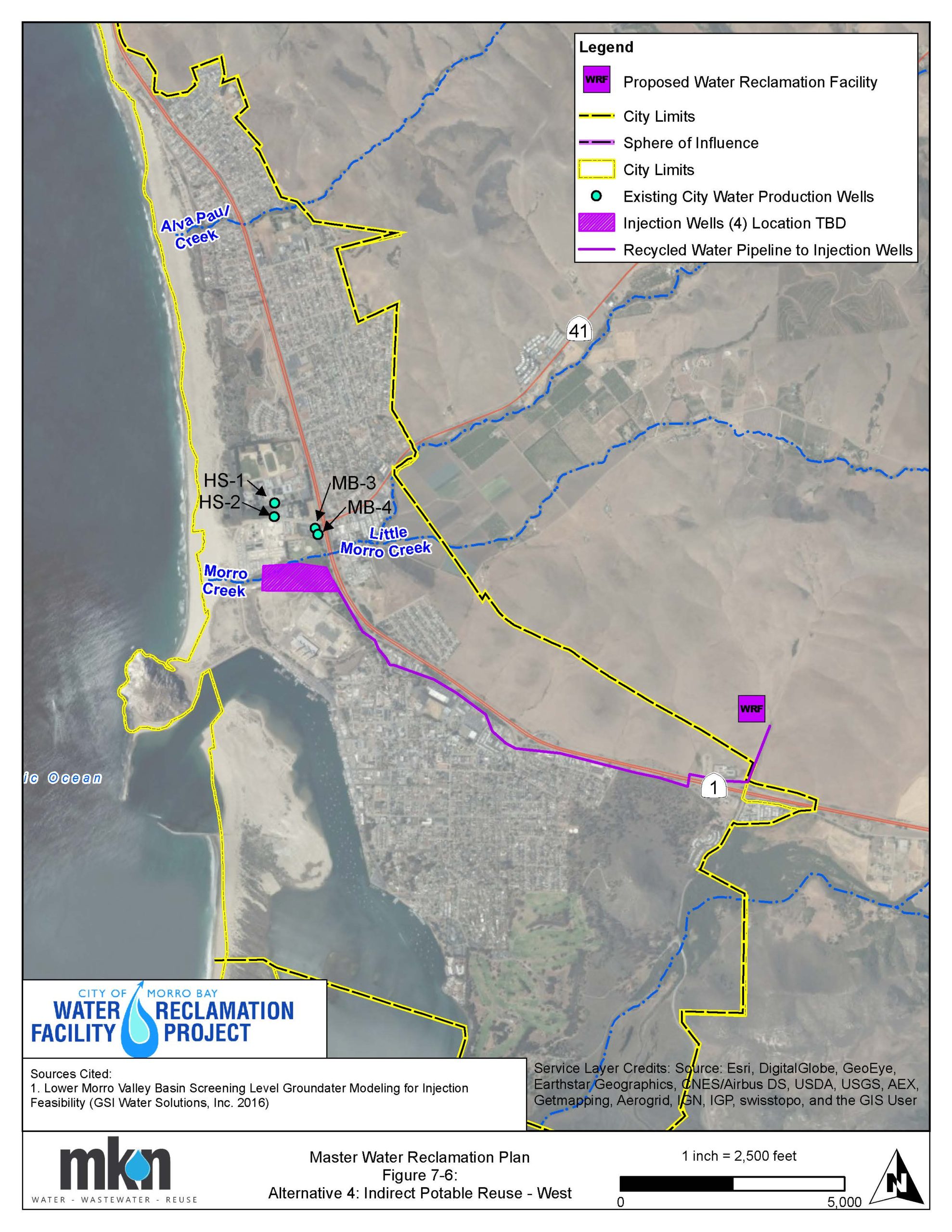March 22nd is World Water Day 2020. This year, the focus is on water and climate change – and how the two are inextricably linked. The World Water Day 2020 campaign shows how the wise use of water can help reduce floods, droughts, scarcity, and pollution.
MKN is dedicated to developing and providing forward-thinking, cost-effective solutions for potable water, wastewater, biosolids, and recycled water challenges here in California. We understand these systems complement each other and thus, we approach each project from a holistic, “one water” perspective.

International Water Facts: (https://www.un.org/en/observances/water-day)
- 1 in 3 people live without safe drinking water
- By 2050, up to 5.7 billion people could be living in areas where water is scarce for at least one month per year
- Climate-resilient water supplies and sanitation could save the lives of more than 360,000 infants every year
- Extreme weather has caused more than 90% of major natural disasters over the last decade
- By 2040, global energy demand is projected to increase by over 25% and water demand is expected to increase by more than 50%
By adapting to the water effects of climate change, we can protect health and save lives. And, by using water more efficiently, we can reduce greenhouse gases. Here’s a look at some of the projects we’ve been involved with recently:
Program Management for Groundwater Sustainability Program
In November of 2019, we began working on a Tehachapi Groundwater Sustainability Program (GSP) project involving the upgrading of the existing Wastewater Treatment Plant to a 2.5 million gallon-per-day tertiary plant. This is being done by adding cloth disk filters, ultraviolet light disinfection, and chlorination. It also includes pumping, conveyance, and discharge facilities necessary to deliver the treated water to Blackburn Dam.
Our role involves designing an indirect potable reuse treatment system to recharge the groundwater basin with recycled water. We performed a fee study that summarized the current fees, identified the GSP work elements, and defined the development areas associated with the GSP improvements, among other elements of the project. Recharging the local groundwater basin is key in creating a sustainable water supply in the area.

Los Osos Creek Groundwater Reuse Replenish Project Work Plan Development
In 2017, we developed a study to review the feasibility of discharging recycled water to Los Osos Creek, a tributary that naturally recharges the groundwater basin. The work plan was designed to evaluate soil aquifer treatment (SAT) and predict advanced treatment requirements, since SAT and advanced treatment may both be required to meet groundwater recharge requirements. This was phase one of a two phase plan – with the second phase consisting of the advanced treatment, soil aquifer evaluation and preliminary design of the project facilities.

Morro Bay Reclamation Facility
We were first involved with development of the Morro Bay Water Reclamation Facility (WRF) Master Plan and Environmental Impact Report in August 2015, performing a climate change analysis and developing cost opinions for new infrastructure. The new WRF project, which is being constructed on a 10 to 15-acre portion of a property near Morro Bay City limits, is scheduled to be completed in 2023.
The ultimate goal for the Morro Bay WRF is to produce the maximum amount of reclaimed water in order to supplement the City of Morro Bay’s water supply. MKN prepared the Master Reclamation Plan (recycled water study), which recommended an indirect potable reuse project, and led preliminary design and procurement for the City’s Design-Build Team. The City is currently under construction for the new WRF project, which will produce water for groundwater recharge.

Water, Wastewater, and Recycled Water Master Plan Update
In 2015, we teamed up with AECOM to perform the water, recycled water, and sewer infrastructure master plan updates for the South Coast Water District. The project included updating the hydraulic model using Innovyze Infowater, analysis of the existing and future utility systems, identifying system deficiencies, determining solutions to address deficiencies, and developing a long-term capital improvement program. In-depth hydraulic analysis also included looking at a whole host of other elements, including analyzing water demands, calibration of the recycled water system, evaluation of storage requirements, seismic risk analysis of the potable water distribution system, analysis of different future desalination plant locations, and optimizing the use of interconnections with adjacent water systems.


